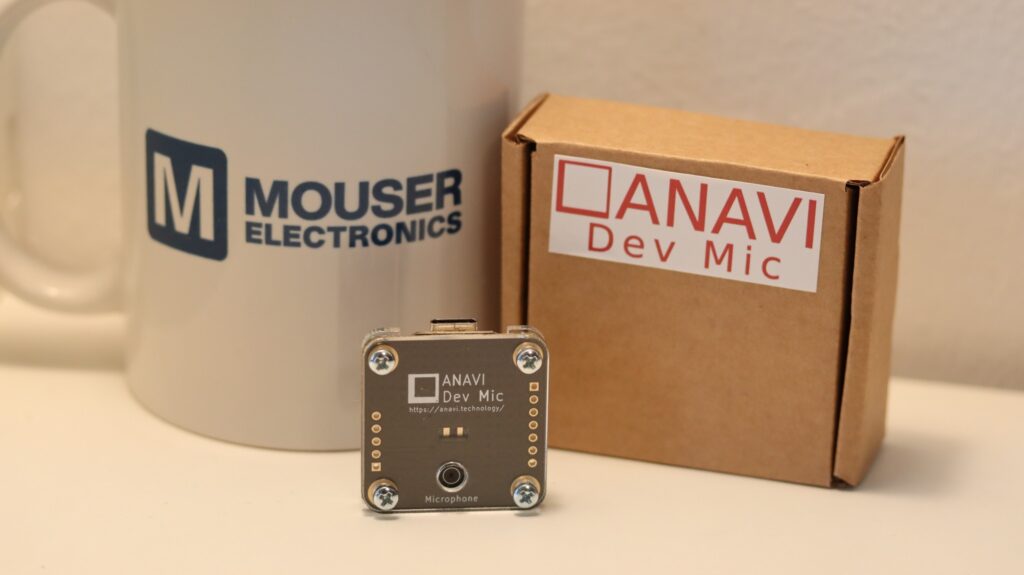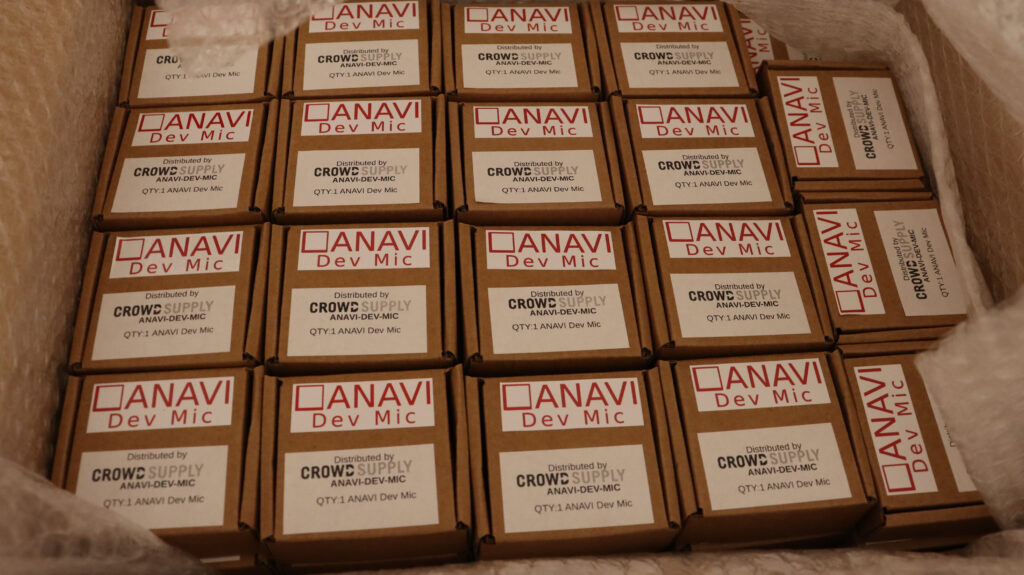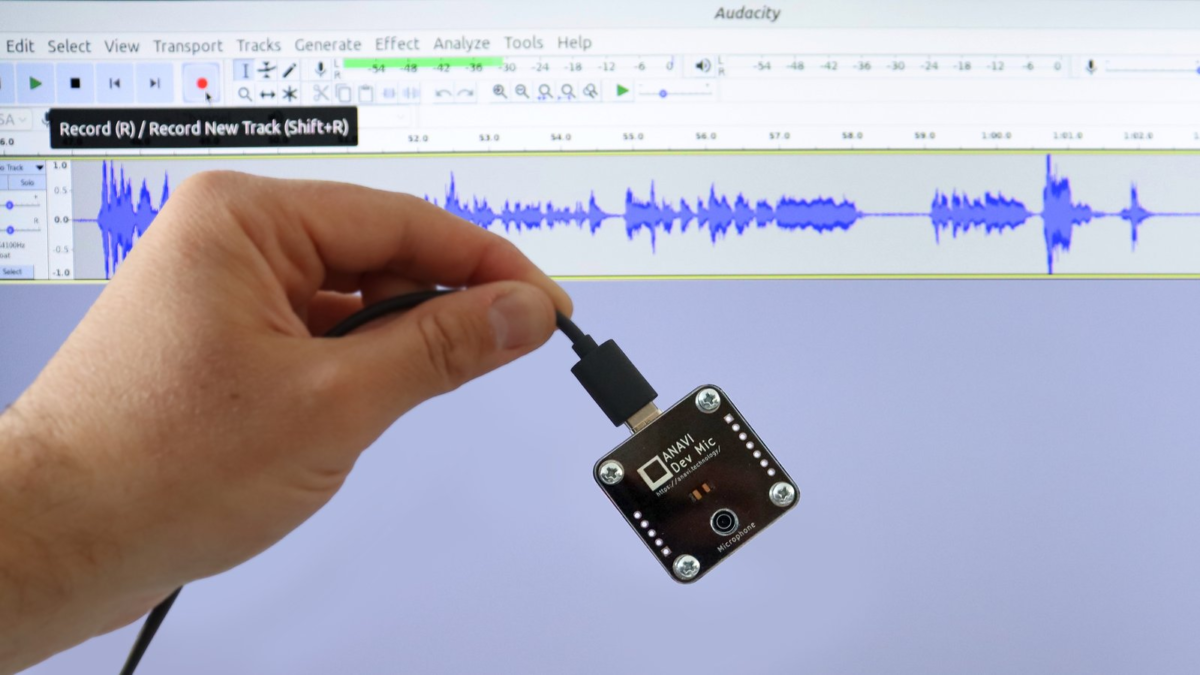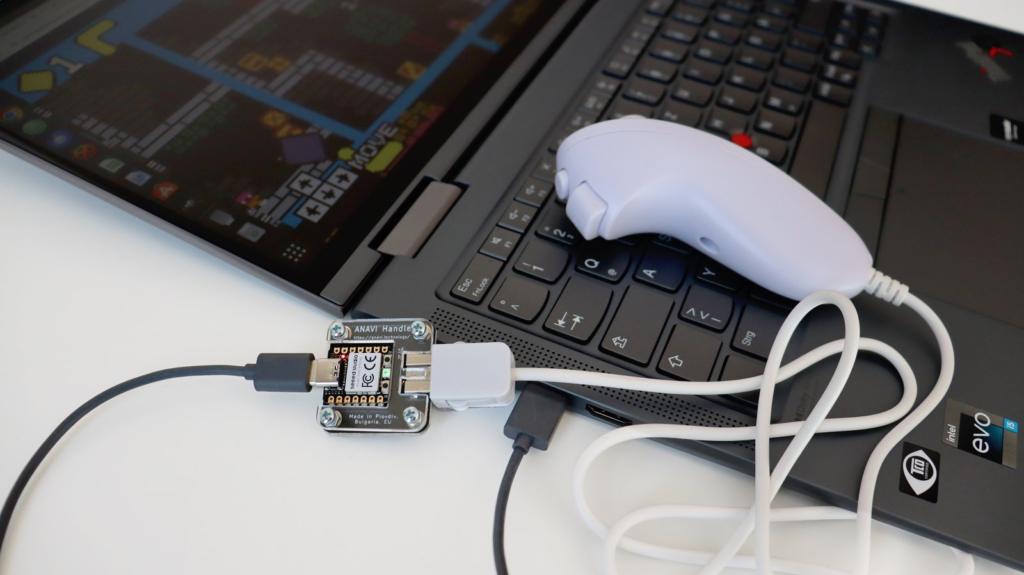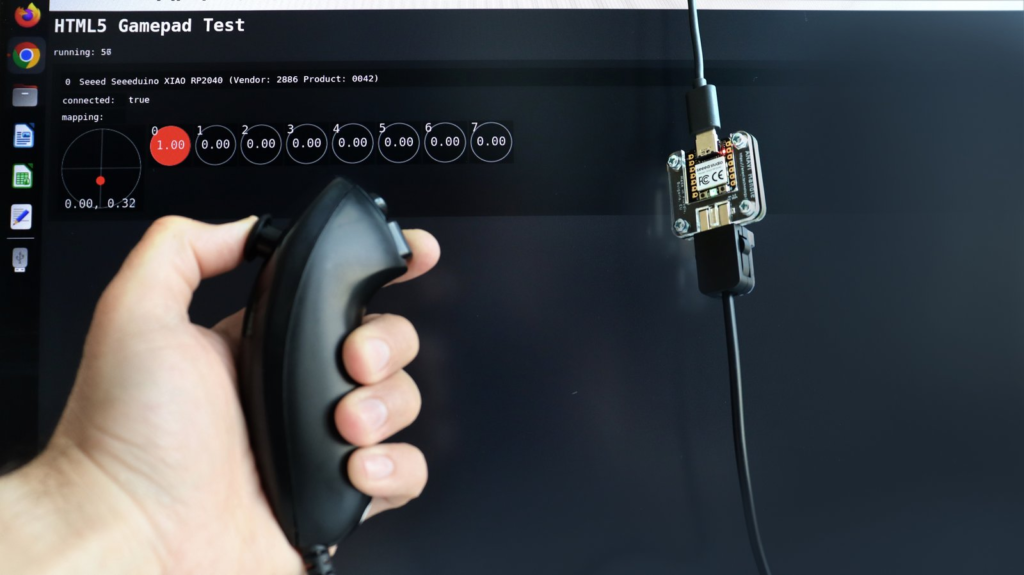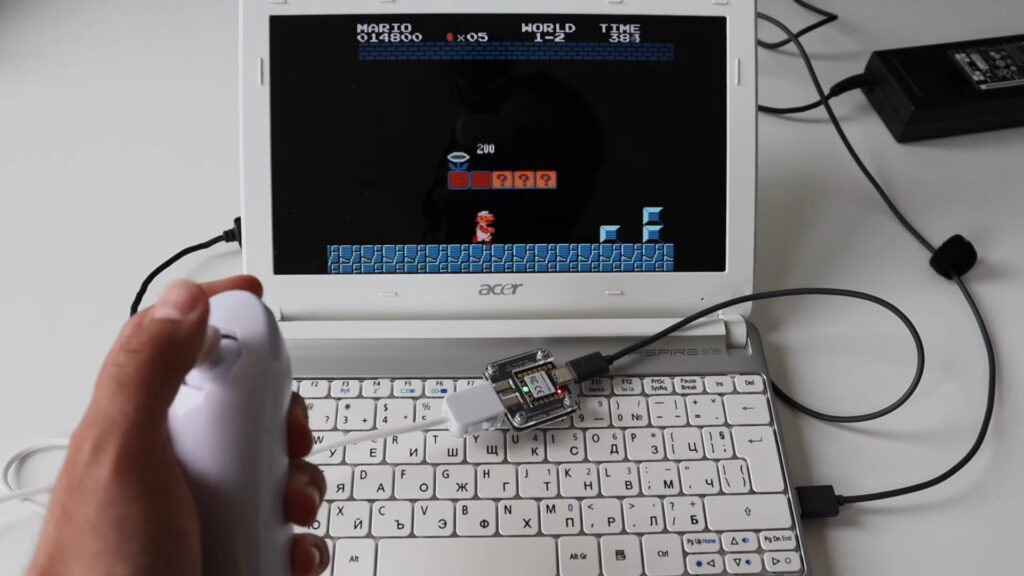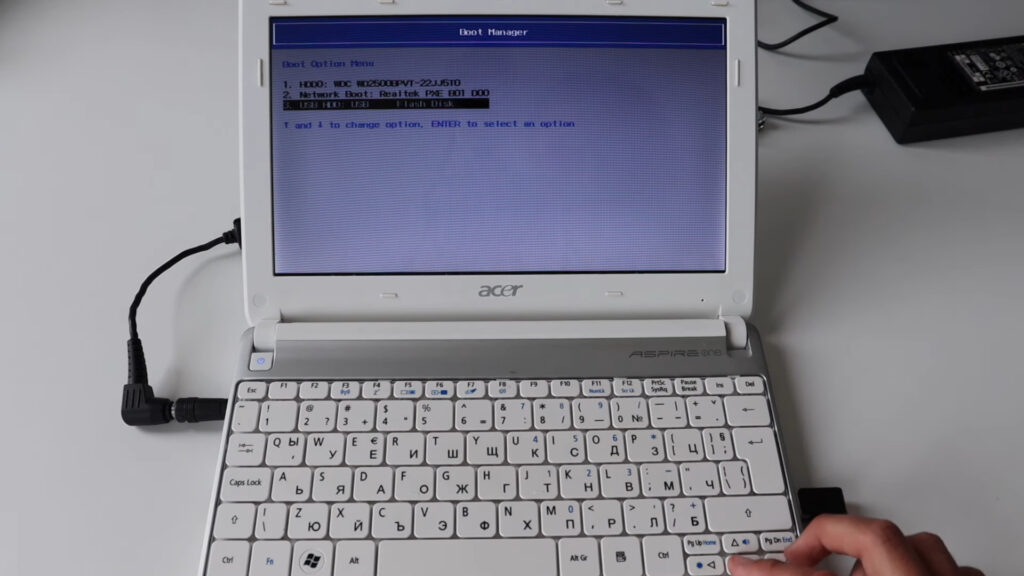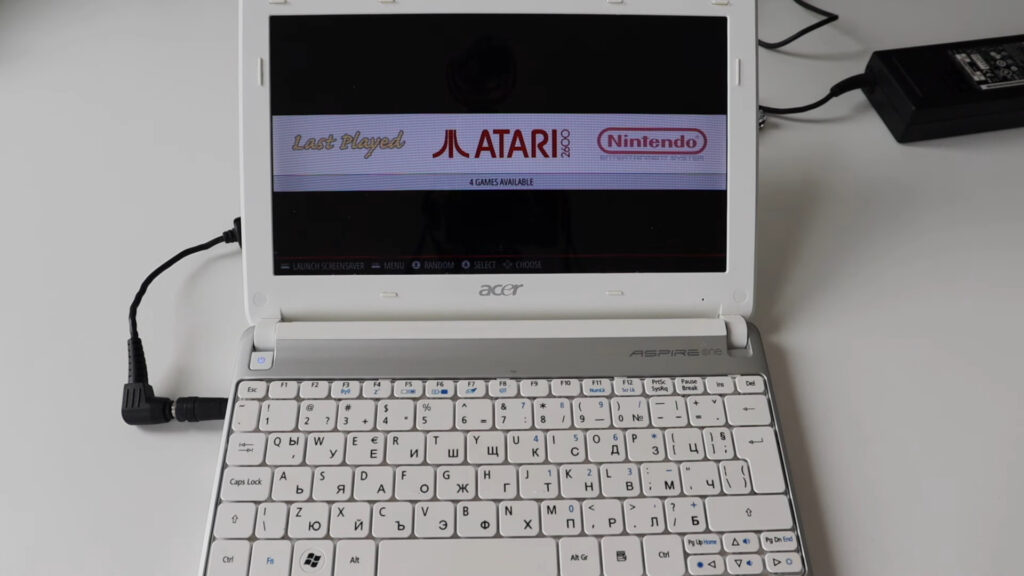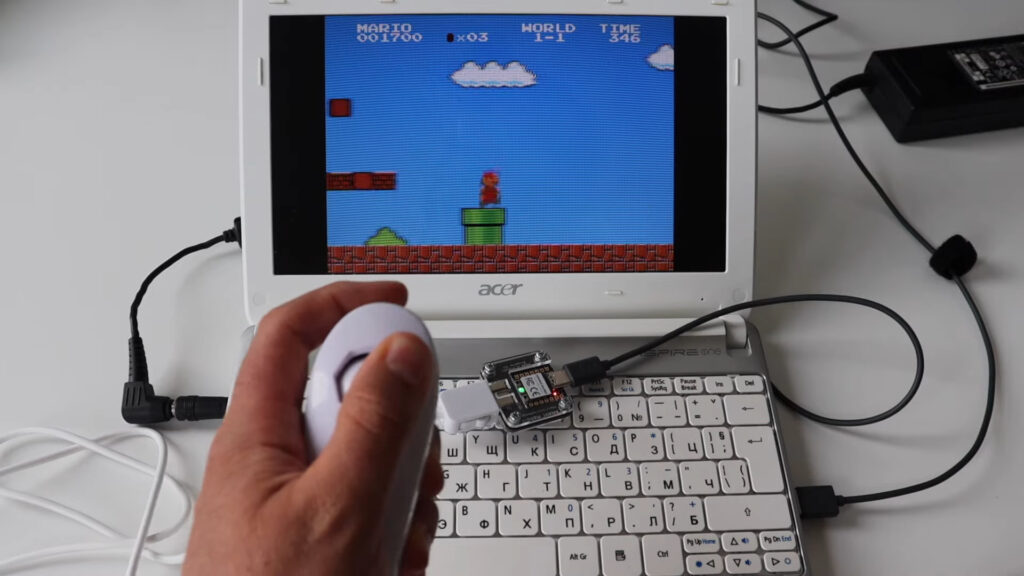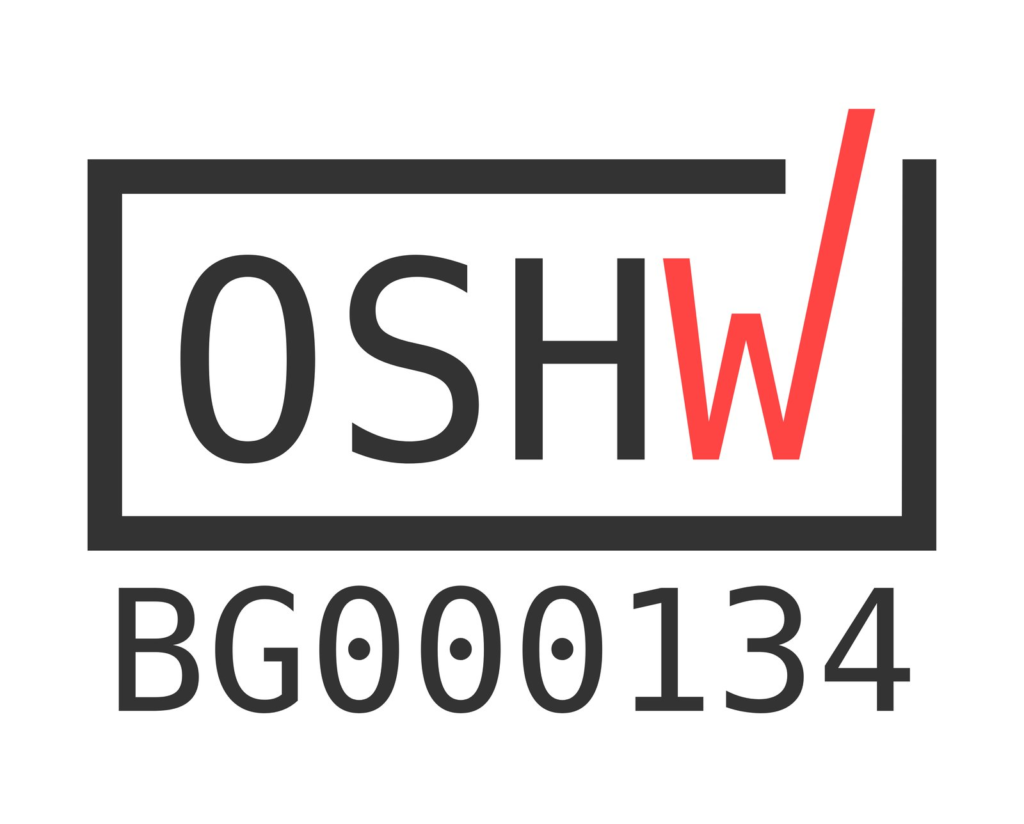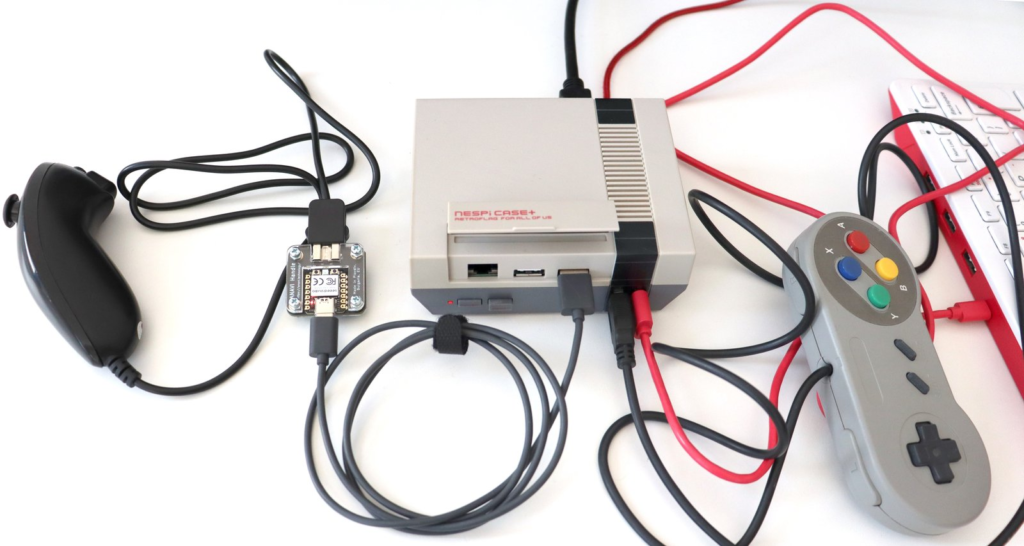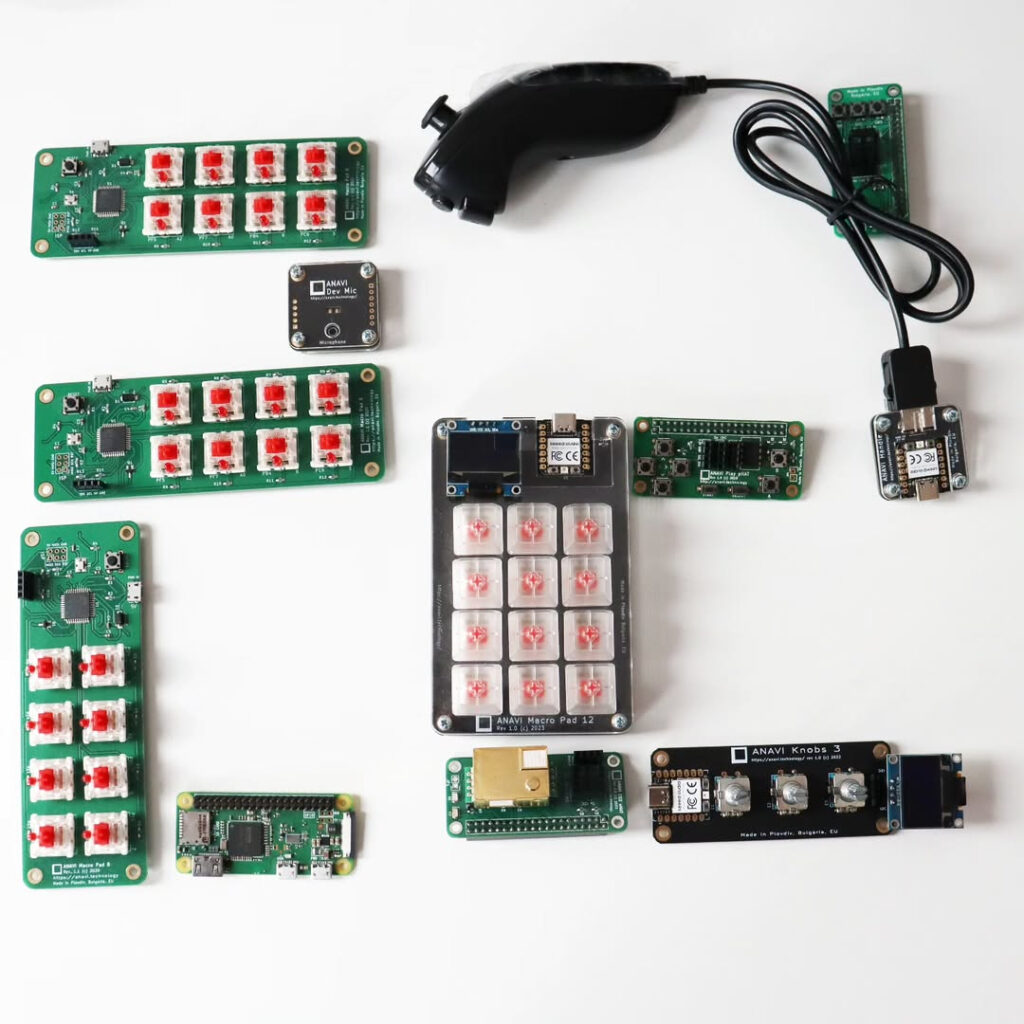
Happy New Year! Wishing you a 2025 filled with the power of open source!
In 2024, ANAVI Technology introduced just two new open-source hardware gadgets, but they turned out pretty good. Looking ahead, we are excited to share that several innovative projects are already in the pipeline for 2025!
ANAVI Handle
In April 2024, we launched a crowdfunding campaign for ANAVI Handle, an open-source USB adapter that allows you to connect Wii Nunchuk-compatible controllers to a PC. As always, the printed circuit board was designed using the free and open source tool KiCad. The design is simple, featuring a XIAO module with a USB-C connector and a Raspberry Pi RP2040 microcontroller. The default firmware, written in CircuitPython, is available as open-source on GitHub. Additionally, ANAVI Handle has been certified by the Open Source Hardware Association under UID BG000134.
The default firmware lets you configure the Wii Nunchuk as a mouse, keyboard, or joystick, offering a variety of uses, with retro gaming being one of the most popular. Be sure to check out the video demonstrating how ANAVI Handle and a Wii Nunchuk can breathe new life into an old netbook!
ANAVI Handle successfully reached its crowdfunding goal on Crowd Supply on May 30, with orders shipped to backers in July 2024. Today, you can purchase ANAVI Handle from either Crowd Supply or Mouser.
ANAVI Dev Mic
Our second and final crowdfunding campaign of 2024 was for ANAVI Dev Mic, an open-hardware USB Type-C omnidirectional microphone powered by a programmable Raspberry Pi RP2040 microcontroller. This is not your typical USB PC microphone. ANAVI Dev Mic gives you the freedom to modify and customize the firmware, as well as expand the hardware with various peripherals like LEDs, buttons, and even sensors.
There are countless ways to use a USB microphone, especially one as flexible and open-source as ANAVI Dev Mic. However, the most impressive technical application was using it for offline speech-to-text recognition with Python 3 and OpenAI Whisper ASR on a Raspberry Pi 5. This project demonstrated that even a microphone plays a crucial role in modern AI-driven solutions.
ANAVI Dev Mic received certification from the Open Source Hardware Association under UID BG000144. The crowdfunding campaign concluded on September 26, 2024, with all units shipped to backers in October. You can now purchase ANAVI Dev Mic directly from Crowd Supply or Mouser.
What’s Next?
We have some exciting new projects planned for 2025. We aim to release two boards for addressable LED strips (aka NeoPixels): ANAVI Miracle uHAT and ANAVI Miracle Emitter. The PCB for ANAVI Miracle uHAT was designed in 2023 but was put on hold due to software issues with Raspberry Pi 5, which have now been resolved. ANAVI Miracle Emitter is a stand-alone device featuring the XIAO ESP32C3 module. It will be our first open-source hardware using the RISC-V open instruction set. The firmware will seamlessly integrate with Home Assistant through the machine-to-machine MQTT protocol. Additionally, we are developing a gardening device with the ESP32C3 to monitor flowers, plants, and crops.
In addition to developing new open-source hardware, we are also dedicated to maintaining and improving existing projects, including the Internet of Things, Raspberry Pi add-on boards, and mechanical keyboards. In early January, a GitHub pull request was submitted to add I2C display support for the ANAVI Knob 1 in the open-source KMK firmware for mechanical keyboards. Shortly thereafter, another pull request was created to implement the same feature for the ANAVI Knob 3. Additionally, J.W. contributed STL files for the ANAVI Handle enclosure, offering an alternative to acrylic enclosures. Now, thanks to his contribution, you can 3D print your own enclosure – whether as a replacement part or just for fun, experimenting with different colors.
Thank you!
A huge thank you to all the backers and customers who supported our open-source hardware projects in 2024. We’re also deeply grateful to our trusted partners, especially Crowd Supply, Mouser and the Pi Hut! Wishing you all a healthy and prosperous 2025!

